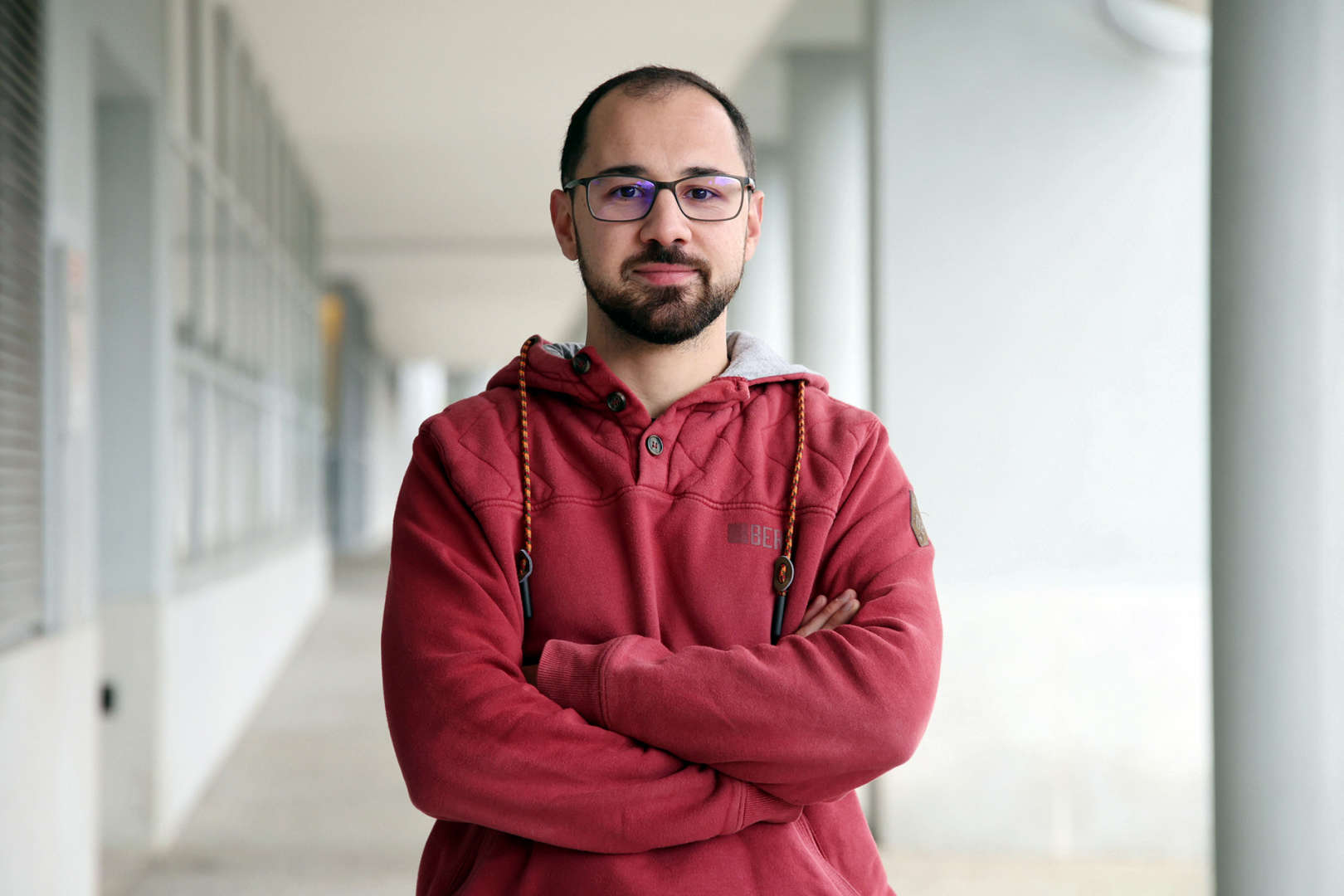About
Miguel Guimarães completed his Bachelor's and Master's Degrees in Computer Science in 2022 at the School of Management and Technology, of the Polytechnic of Porto. His master's work was developed in the field of Machine Learning (ML). Specifically, he addresses the issue of explainability in ML and explores meta-learning as a way to address some of the current challenges of ML, namely with streaming data. Currently, he is an Invited Assistant Professor at the same institution. He has a strong passion for research, having participated as a Research Fellow in 2 projects. Miguel is the author of several publications in the fields of machine learning and hybrid systems. Published 5 articles in journals, 6 book chapters, 3 conference papers and received 2 best paper awards.
Also, he won a research grant at INESC TEC to work on the development and application of artificial intelligence techniques in the industrial environment, thus gaining knowledge in a work context, reconciling academic theory with practical experience. Recently, he has been investigating the application and drawbacks of Generative AI (GAI) models in the industry.
Specifically, he focuses in having a human-centric vision and organization context, incorporating socio-technical factors into the GAI lifecycle, in order to adapt the model's output to the specific context. He hopes this will encourage a wider adoption of GAI like Large Language Models (LLMs) in industrial environments.


